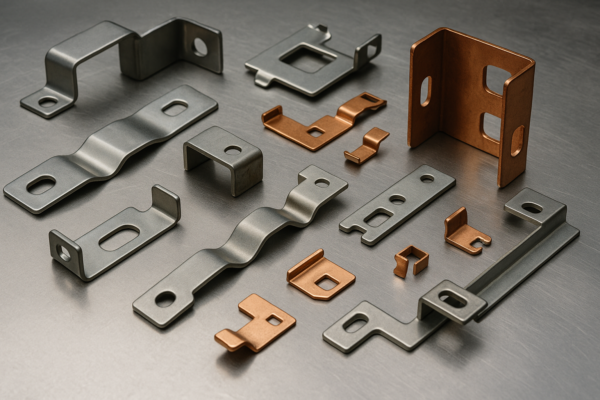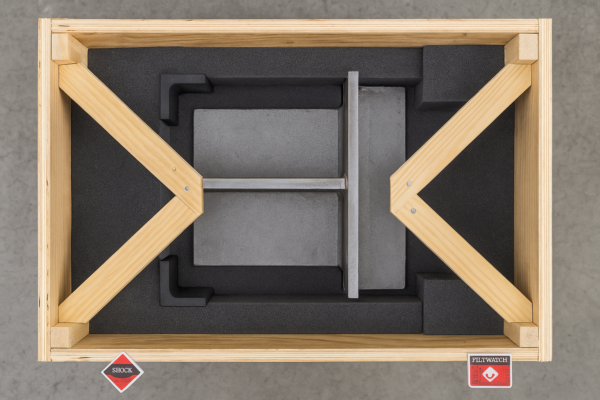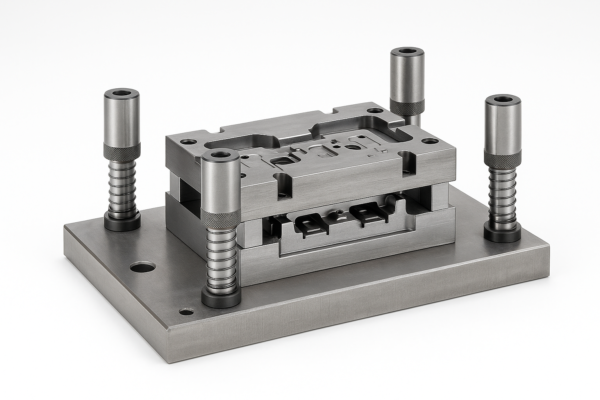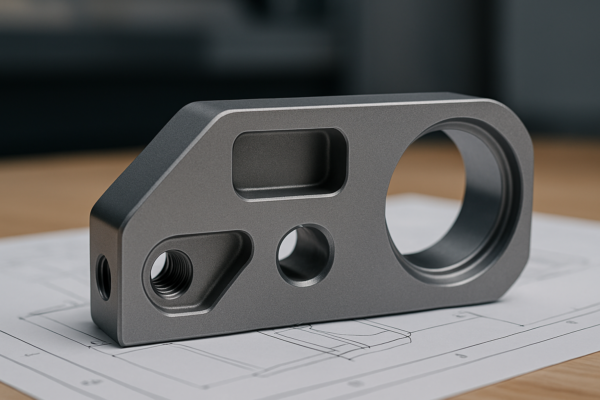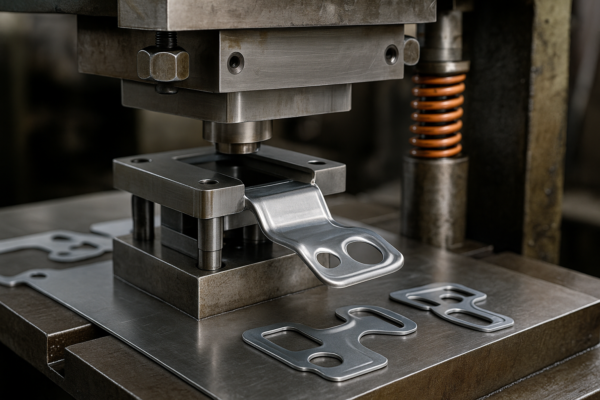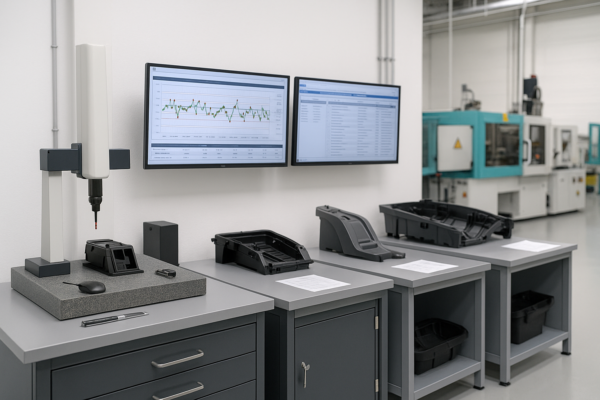What is departmentalization in business?
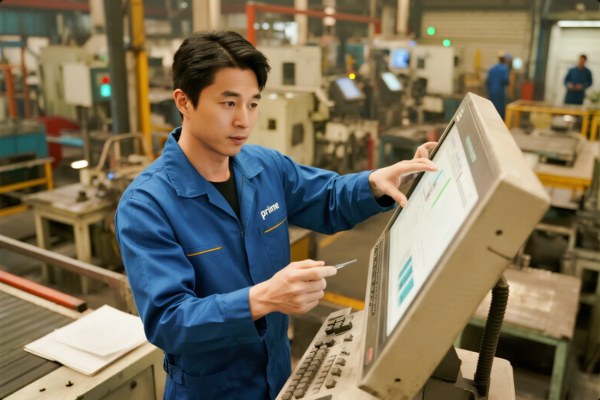
Table of Contents
- What is departmentalization in business?
- What is departmentalization with example?
- What does Departmentation mean in business?
- What does it mean to departmentalize?
- What is centralization and departmentalization?
- Advanced Insights: How Departmentalization Drives B2B Success
- Departmentalization and Industrial Digital Transformation
- Best Practices for Setting Up Departments
- FAQs about Departmentalization
- Conclusion
- Contact Information
Departmentalization remains one of the most misunderstood concepts for business leaders. Teams struggle with role clarity, repeated work, or miscommunication. Many manufacturers and supply chain managers find it challenging to ensure quality, delivery, and efficiency at once. But in reality, departmentalization is a foundational pillar for achieving operational excellence in B2B industries—especially for companies scaling up or serving global clients.
Departmentalization means grouping similar business activities into clear departments. Each department—such as sales, purchasing, or CNC parts—focuses on specific functions. This structure increases efficiency, quality control, and responsibility. Leading B2B companies like Siemens, Bosch, and GE have proven the effectiveness of this principle.
To succeed in global supply, you need a robust organizational structure. Departmentalization helps firms like Prime streamline processes, support international standards such as ISO 9001, and deliver reliable logistics.
With increasing customization requirements, especially for sectors such as automotive, medical, and renewable energy, departmentalization is more important than ever.
What is departmentalization with example?
When a business grows, work gets chaotic. Teams without clear structures face confusion and missed deadlines. According to Inc.com, lack of structure stifles innovation.
Departmentalization divides work into specialized groups or departments. For example, a factory may have stamping, welding, quality control, and logistics departments. Each focuses on its own specialty, improving accountability and communication.
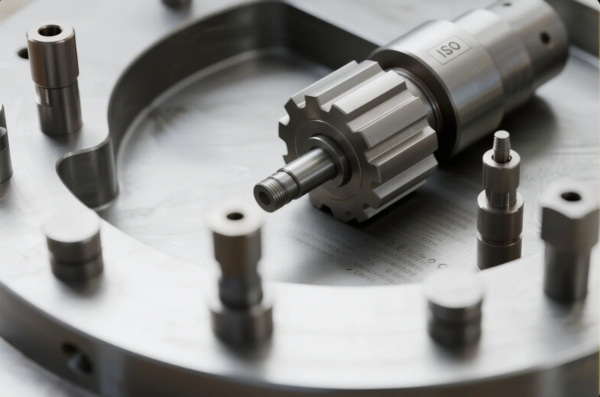
At Prime, we experienced problems when job roles overlapped. Production teams struggled with purchasing. After restructuring into stamping, CNC machining, welding, casting, and logistics departments, efficiency improved. Each team had a clear focus. Our stamping department used advanced presses, while the CNC team focused on tight-tolerance machining.
The structure allowed us to create seamless traceability systems, so if a part failed quality checks, we knew exactly which team was responsible and could address it instantly.
Leading industrial brands such as Rockwell Automation, Schneider Electric, and Eaton structure their global plants this way, ensuring quality and delivery are never compromised.
Types of Departmentalization
| Type | Example in Prime | Key Benefit | Resource |
|---|---|---|---|
| Functional | CNC parts, stamping, QC | Deep expertise, clear roles | CNC Machining |
| Product-based | Fasteners, plastic, casting parts | Focused on product lines | Fastener Info |
| Customer-based | OEMs, distributors, end-users | Tailored service | OEM Market Trends |
| Geographic | NA, Europe, Middle East, Australia | Regional knowledge | Export Guidance |

A clear example: a client in Europe needed fasteners with RoHS compliance. Thanks to our dedicated compliance and packaging department, we delivered on time and passed all local certifications.
What does Departmentation mean in business?
Without departmentation, chaos grows. Managers lose oversight, teams duplicate efforts, and customers become dissatisfied. Harvard Business Review and Forbes both stress the cost of unclear team boundaries.
Departmentation means grouping similar business activities and people into logical units. For example, a company might organize by process, product, or client. With clear reporting lines, coordination and performance improve across every level.
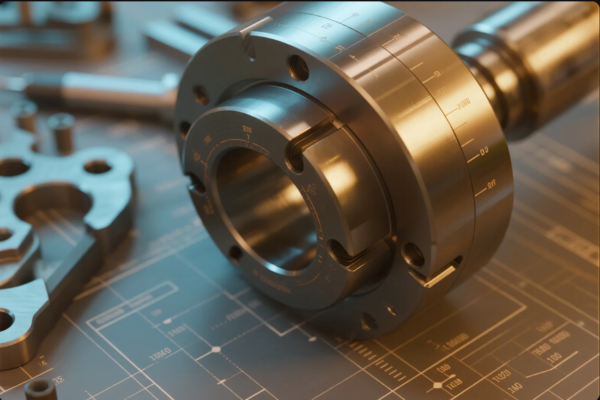
In my experience, the lack of departmentation caused delays and confusion. After defining production, QC, and logistics as standalone units, we set clear KPIs for every manager. At Prime, this structure powers our ability to deliver custom, ISO-certified parts.
Strong departmentation is critical for lean manufacturing and continuous improvement.
Improved Coordination and Performance
| Benefit | Impact on Business | Reference |
|---|---|---|
| Clear reporting lines | Faster decisions | Team Structure |
| Specialized teams | Higher product quality | ASQ Quality |
| Defined objectives | Measurable results | HBR |
| Focused training | Skill improvement | Coursera |
Departmentation also lets Prime create product-specific teams for custom parts, e.g., a dedicated fastener or CNC project manager for every key client.

What does it mean to departmentalize?
Companies lose speed and productivity when jobs overlap or responsibilities remain unclear. Departmentalization fixes this. MindTools explains how structure drives performance.
To departmentalize is to arrange people, tasks, and resources into clear departments. Each department has a single focus, which improves supervision, expertise, and workflow.
At Prime’s workshop, each department uses its own process. The CNC team manages tight-tolerance machining, while logistics handles packing and delivery. This division avoids errors, improves teamwork, and reduces shipping delays.
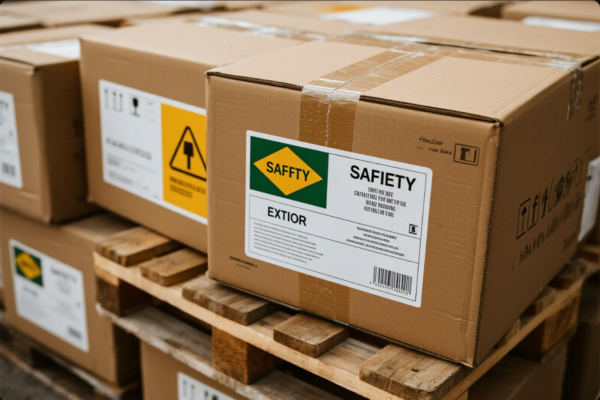
Platforms like Alibaba, Global Sources, and ThomasNet group their suppliers by category, making sourcing more efficient.
How to Implement Departmentalization
| Step | Action | Resource |
|---|---|---|
| Identify activities | Map all business processes | Lucidchart |
| Group by similarity | Organize by function, product, client | Organizational Design |
| Assign leaders | Appoint department managers | Forbes: Leadership |
| Track results | Use KPIs and reviews | Investopedia: KPI Guide |
For example, Prime’s stamping department specializes in high-volume orders for automotive clients. The fastener department applies separate QC for Europe and North America.
Industry directories such as Kompass, Yellow Pages, and DirectIndustry prove how useful departmental categories are in the industrial world.

What is centralization and departmentalization?
Business leaders debate between centralized control and department autonomy. Each affects speed, quality, and adaptability. SHRM describes both models.
Centralization means top management makes key decisions. Departmentalization lets units manage day-to-day work. Most B2B companies, like Prime, blend both for best results.

At Prime, central policies—like ISO9001 certification—are decided at the top, but each department, from casting to packaging, manages its operations. This ensures consistent quality and the agility to customize for different customers.
- Toyota combines centralized policy with flexible department execution.
- Apple keeps core decisions centralized, but product teams innovate independently.
- ABB and Schneider Electric combine global standards and department-level adaptation.
| Feature | Centralization | Departmentalization | Reference |
|---|---|---|---|
| Decision-making | Top-down | Department heads | SHRM Structure |
| Speed | May be slower | Usually faster | Organizational Design |
| Quality control | Consistent | Can vary | ASQ Quality |
| Flexibility | Lower | Higher | Gartner |
Advanced Insights: How Departmentalization Drives B2B Success
Departmentalization is not just about structure; it’s about building a scalable platform for growth. In the B2B sector, clients such as Siemens, ABB, and Bosch expect not only quality but also reliability, customization, and rapid response to their inquiries.
Competitive B2B suppliers organize departments based on core expertise. For example, at Prime, our engineering team works alongside the CNC and QC departments to quickly develop new part prototypes for European automotive OEMs. By aligning technical and sales functions, we can deliver design for manufacturability feedback rapidly, which helps customers reduce costs and time to market.
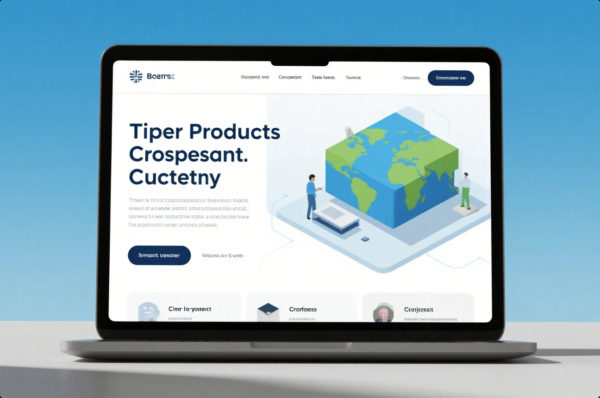
B2B buyers value one-stop sourcing. Our custom parts department offers full solution integration, including certified packaging, logistics planning, and documentation.
Industry leaders such as GE, Eaton, and Rockwell Automation also use departmentalization to support complex global accounts.
Departmentalization also supports rapid RFQ processing, as every department is responsible for accurate, on-time communication.
Departmentalization and Industrial Digital Transformation
With Industry 4.0 and digitalization reshaping manufacturing, departmentalization has evolved. Each department must now work with digital tools—ERP systems, MES software, and traceability platforms—to track output, maintain quality, and provide real-time status to customers.
At Prime, our stamping, CNC, and QC teams use a shared digital platform to coordinate orders, production schedules, and shipments. Digital departmentalization means every department can see the status of every job, every minute.
- The IT department ensures all teams use the same data standards.
- The logistics department uses GPS tracking and EDI links with forwarders.
- The finance team links invoices directly to delivery records.
By departmentalizing digital systems, Prime offers transparent production to B2B clients.
Best Practices for Setting Up Departments
- Align with core business needs: Review your key products, markets, and processes first. Use market analysis tools for strategy.
- Define department roles clearly: Every manager needs a written job description.
- Build cross-department links: Use regular meetings, shared metrics, and collaboration software to align teams.
- Monitor KPIs: Track every department’s results, using manufacturing dashboards for transparency.
- Adopt global standards: Certifications such as [ISO 9001](https://www.iso.org/iso-9001-quality-management
.html), IATF 16949, and RoHS compliance should be embedded into every department’s workflow.
- Continual improvement: Regularly audit each department with internal audit checklists.

FAQs about Departmentalization
1. Why is departmentalization important for manufacturers?
Departmentalization lets manufacturers organize complex operations, cut errors, and boost production quality. Learn more at IndustryWeek.
2. How does Prime implement departmentalization for custom parts?
Prime separates stamping, CNC machining, casting, and packaging departments for speed and accuracy.
3. What’s the difference between departmentation and departmentalization?
They mean nearly the same thing: organizing activities into logical units. See more at Chron.
4. How does departmentalization impact quality control?
Departments use their own quality checks and KPIs while following company-wide standards.
5. Can a small business benefit from departmentalization?
Yes—clear responsibilities and workflow help businesses of any size. Entrepreneur.com: Small Business Tips.
6. How does departmentalization support global supply chains?
It allows companies to handle logistics, compliance, and customer service across regions.
7. What departments are most common in industrial companies?
Common units: production, QC, R\&D, purchasing, sales, logistics, finance.
8. What are the risks of poor departmentalization?
Confusion, missed deadlines, low quality, and lost business. HBR: Team Dysfunction.
9. How does departmentalization affect growth?
Well-structured departments support faster, scalable growth. McKinsey Organizational Growth.
10. Where can I find more about custom industrial parts?
Browse ThomasNet, Alibaba, Global Sources, DirectIndustry, Prime’s homepage.

Conclusion
Departmentalization brings order, clarity, and speed to business. With structured departments, teams deliver better quality, faster service, and smarter solutions. In today’s global market, companies that master departmentalization can outpace competitors, delight customers, and build lasting trust.
Contact Prime for expert support and B2B custom parts supply.
Contact Information
Company: Shandong Prime International Trade Co., Ltd.
Website: https://primecustomparts.com/
Email: [email protected]
Export Markets: North America, Europe, Middle East, Australia, and worldwide
Expertise: ISO-certified stamping parts, CNC parts, welding, casting, fasteners, plastic parts
Unlock the potential of your supply chain—contact Prime now for one-stop custom industrial parts solutions, free expert consultation, and fast global service!

